EXHIBITION
During the COVID-19 pandemic, all of my exhibitions had either been postponed or canceled, so I was slowly making progress on the plastic model kits in my studio. While browsing kits on Yahoo! Auctions and eBay, I discovered vintage models of animals and insects, which I thought were interesting, so I ended up buying a bunch. As I was making a few of the models I bought, I hit upon the idea of transforming it into a work of art. I immediately attached it to a wood sculpture I made, which I thought seemed to work, and I ended up making more of them.
Somewhere in the process, a friend introduced me to Masakatsu Jindoh, the owner of GOMORA KICK who makes figurines and plastic model kits. The more we talked, the more we knew we wanted to collaborate on something. Then, it struck me: “A stone work that’s actually a plastic model!”
The stone is made out of plastic, and the decal is a painting. I think it’s a pretty good idea that connects with my works thus far. Of course, I’m also making the boxes they come in.
It’s amazing. I’ve never been more motivated to create. And that’s how I invented my very own plastic model kits and came to hold this exhibition.
I hope you’ll enjoy this plastic model series and my works leading up to them.
Izumi Kato
The idea for Parasitic Plastic Models emerged in the course of repeated visits to Izumi Kato in his studio after asking him to participate in Reborn-Art Festival 2021-22.*1
The three human-like figures he created for the festival were painted directly onto local inai stones quarried near Ishinomaki and exhibited in front of the only remaining warehouse in the Minamihama neighborhood, one of the areas hardest hit by the Great East Japan Earthquake. The sight of them reclining comfortably on their sides was as charming as it was evocative, reminding viewers of the joys of life.
Human-like figures have always appeared in Kato’s works. Are they spirits, deities, ancient peoples, or perhaps something from the future? In one interview, Kato mentions that he is from Yasugi City in Shimane Prefecture, just across Lake Nakaumi from Sakaiminato City in Tottori Prefecture, which is the home of Shigeru Mizuki, the artist best known for his yokai manga of mythical creatures. Both Kato and Mizuki are cut from the same cultural cloth, and Kato seems to be influenced by the region’s abundance of nature and the countless gods found in Shintoism.
That is not to say that Mr. Kato’s works are divine or auspicious. While Kato uses natural materials such as wood and stone, synthetic materials such as plastic and soft vinyl also feature prominently in the exhibition. I suspect that he has a kind of nostalgia for them from boyhood. Kato continues to take a free hand to his creations, casually incorporating the milieu of his youth and a subliminal appreciation of nature.
I felt a sense of camaraderie with Kato and his current creative practice, which shares a common thread with how we think about art at WATARI-UM.
On behalf of the museum, I am delighted to present Kato’s work here in Tokyo in 2022, at this pivotal time when we seem to be losing sight of freedom and the power of nature.
Koichi Watari, CEO of WATARI-UM, The Watari Museum of Contemporary Art
Text for the exhibition catalogue
1. Reborn-Art Festival 2021-22 Second Term, an art festival held in Ishinomaki, Miyagi Prefecture; Izumi Kato’s works were exhibited during the second term, held from August 20 to October 2, 2022.
WORKS
-

Original Plastic Model
photo by Kei Okano -
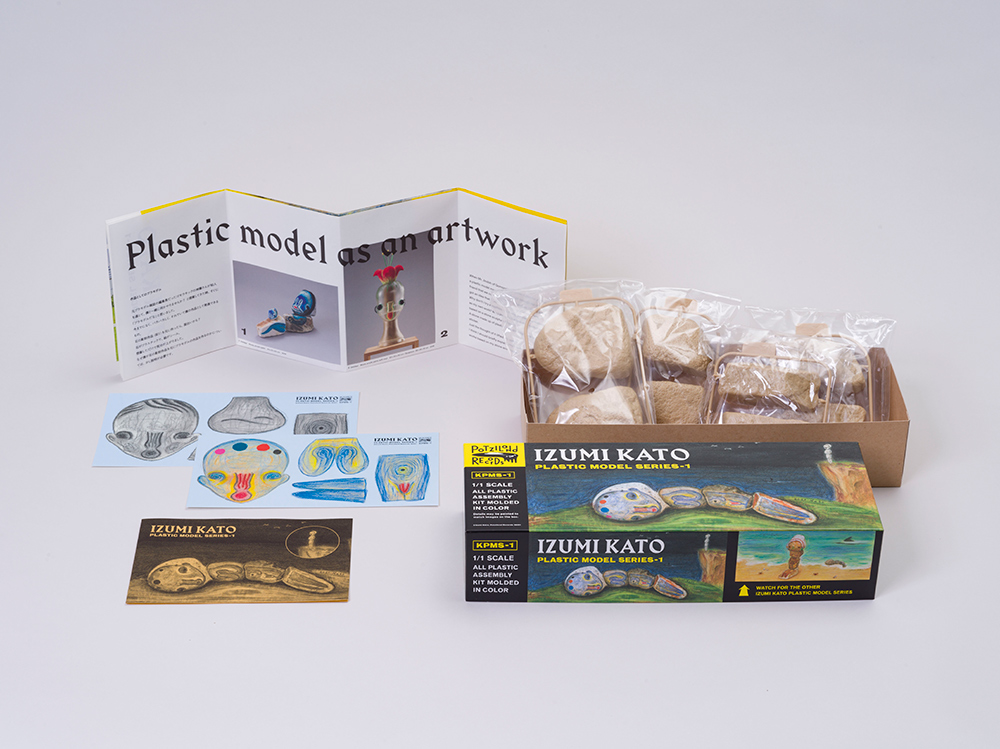
Original Plastic Model
photo by Kei Okano -
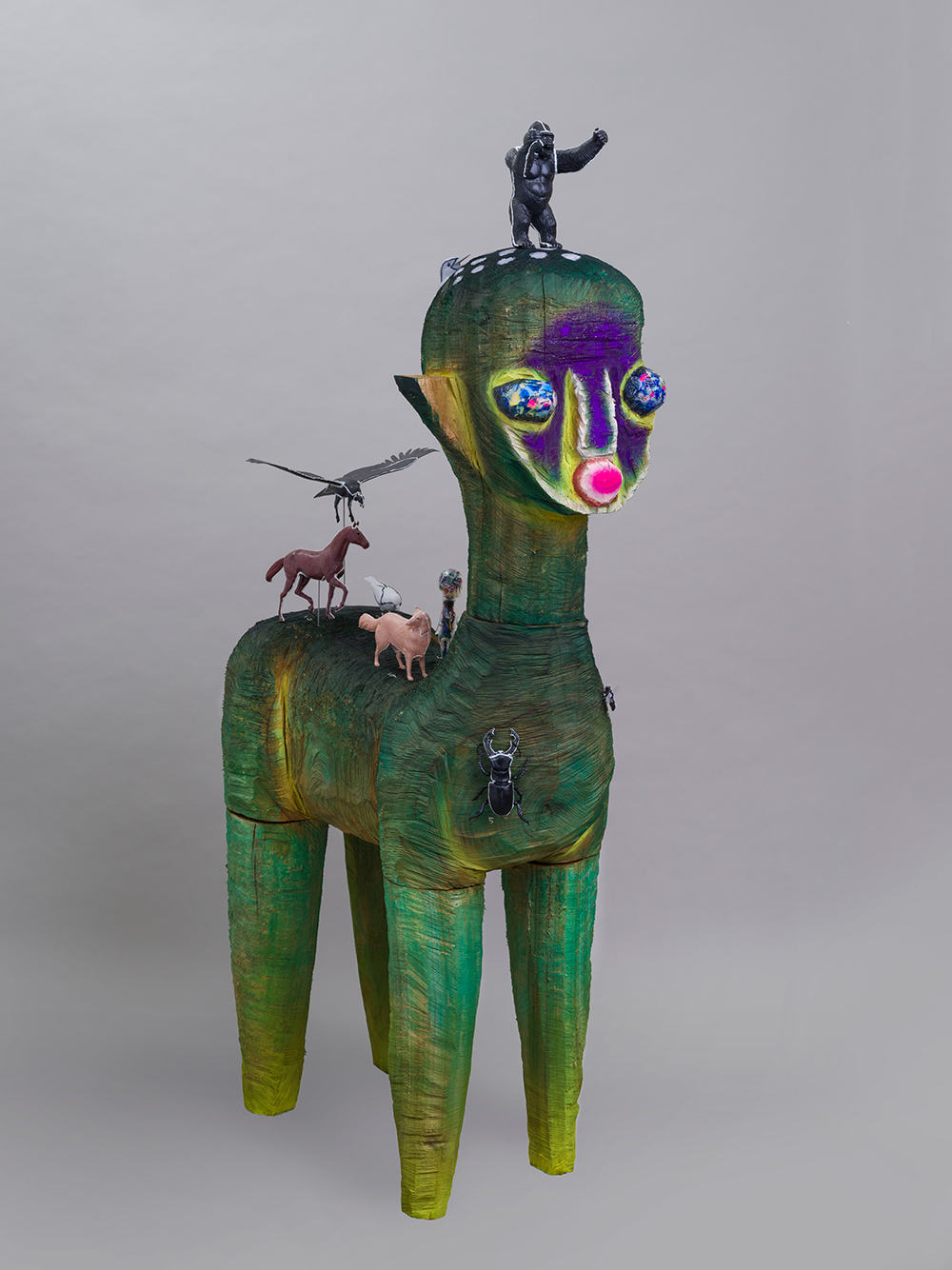
Untitled, 2022
Wood, plastic model, soft vinyl, thread, acrylic paint, stainless steel
photo by Kei Okano -

ITC, 2021
a set of 2 works
Sculpture: plastic model, wood, stone, acrylic paint, stainless steel
Fabric drawing: fabric, assembly instruction, embroidery, collage, pastel, acrylic paint
photo by Kei Okano -

ITC, 2021
a set of 2 works
Sculpture: plastic model, wood, stone, acrylic paint, stainless steel
Fabric drawing: fabric, assembly instruction, embroidery, collage, pastel, acrylic paint
photo by Kei Okano -

Untitled, 2022
a set of 9 pieces
Wood, plastic model, soft vinyl, acrylic paint, stainless steel
photo by Kei Okano -

Untitled, 2020
Wood, plastic model, leather, acrylic paint, stainless steel, brass
photo by Kei Okano -

Untitled, 2020
Soft vinyl, plastic model, wood, stainless steel
photo by Kei Okano -

Limited Edition Exhibition Poster Lithograph, 2022
Lithograph on Japanese paper
photo by Kei Okano -

Untitled, 2022
Stone, acrylic paint
Cooperation: Reborn-Art Festival Executive Committee
PROFILE
-
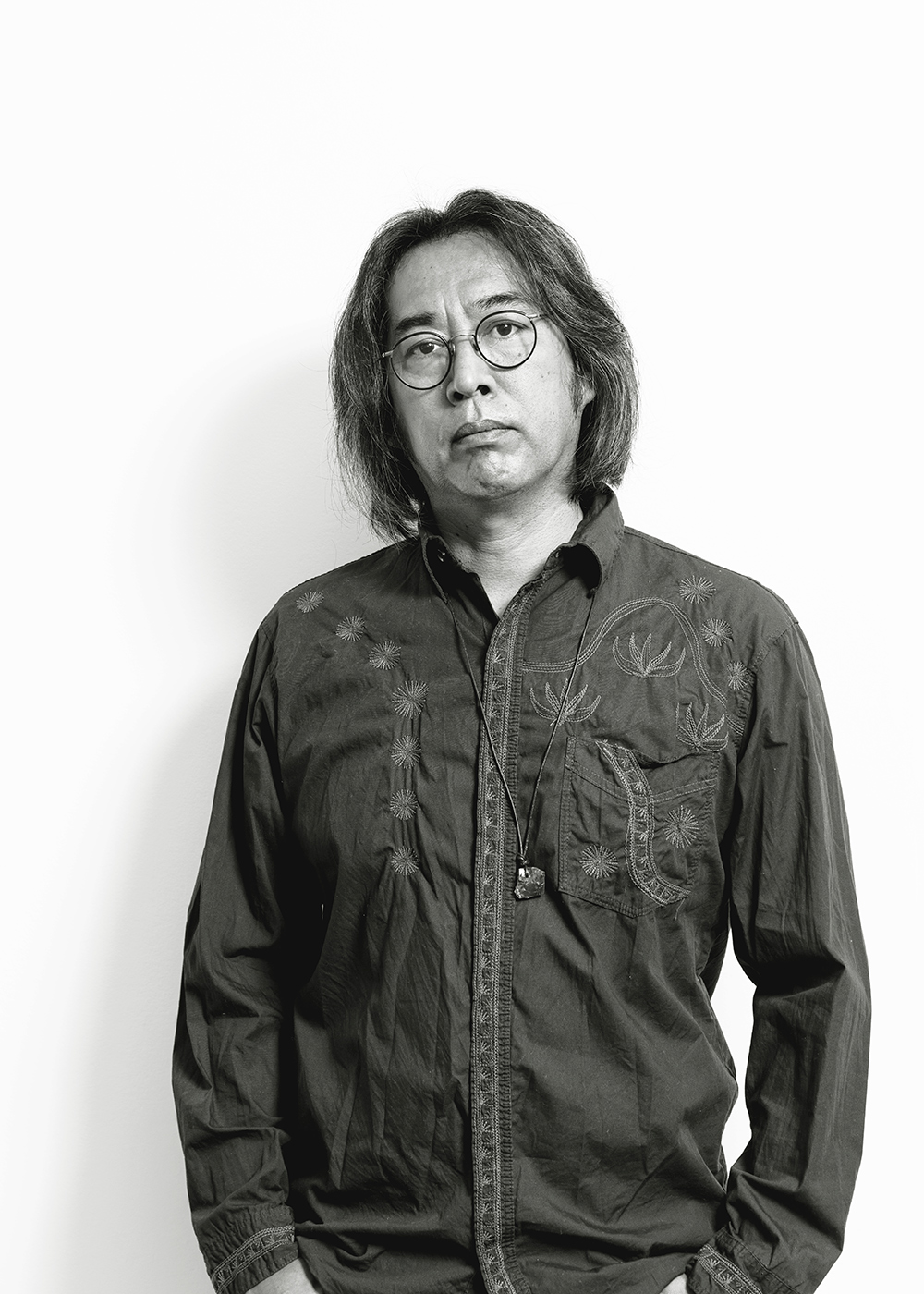
Izumi Kato
photo by Claire Dorn -
Izumi Kato
Born in Shimane prefecture of Japan in 1969. He began his career as a painter at the end of the 1990s. Beginning with simple symbolic facial forms, as if drawn by a child, he has continued to develop his work using human figures as his starting point. Since the 2000s, he has been showing wood sculptures, and currently creating works with a wide range of materials, including soft vinyl, stone, cloth, and plastic models. His recent solo exhibitions include Red Brick Art Museum (Beijing, 2018), Fundación Casa Wabi (Puerto Escondido, Mexico, 2019), Hara Museum of Contemporary Art, Tokyo / Hara Museum ARC (Tokyo / Gunma, Concurrent exhibition, 2019), SCAD Museum of Art (Savannah, USA, September 2021).
SCENE
-
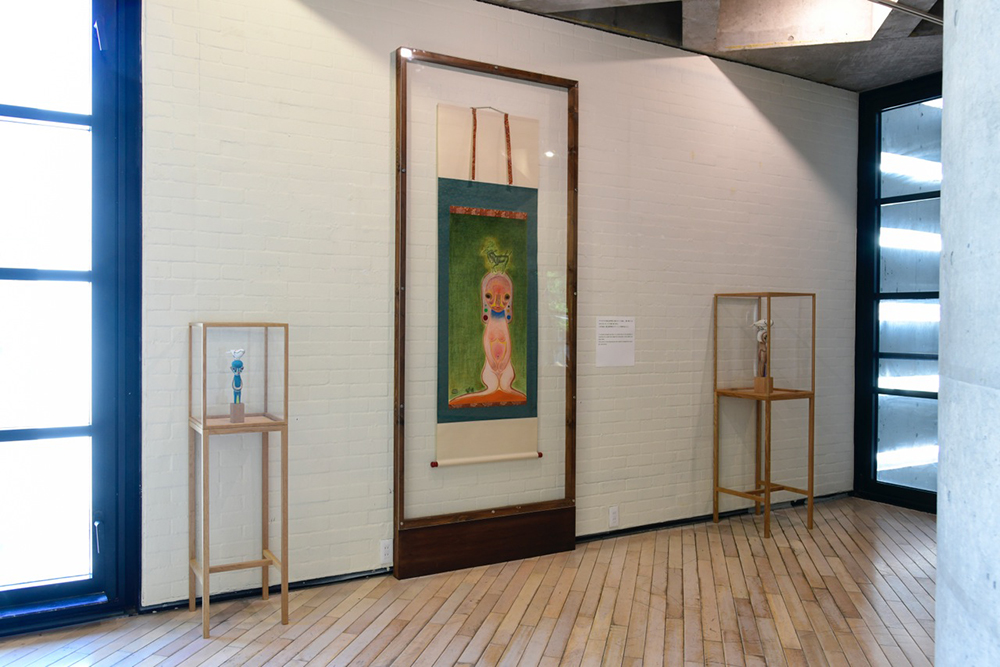
photo by: Yusuke Sato
Courtesy of the artist
©︎2022 Izumi Kato -

photo by: Yusuke Sato
Courtesy of the artist
©︎2022 Izumi Kato -

photo by: Yusuke Sato
Courtesy of the artist
©︎2022 Izumi Kato -

photo by: Yusuke Sato
Courtesy of the artist
©︎2022 Izumi Kato -

photo by: Yusuke Sato
Courtesy of the artist
©︎2022 Izumi Kato -

photo by: Yusuke Sato
Courtesy of the artist
©︎2022 Izumi Kato -

photo by: Yusuke Sato
Courtesy of the artist
©︎2022 Izumi Kato -

photo by: Yusuke Sato
Courtesy of the artist
©︎2022 Izumi Kato -
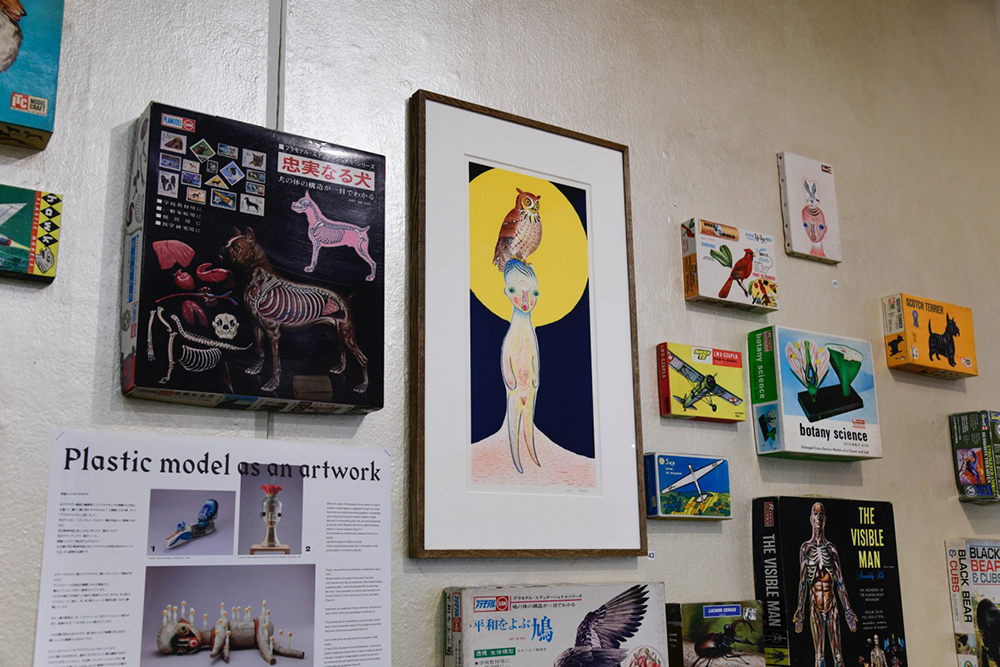
photo by: Yusuke Sato
Courtesy of the artist
©︎2022 Izumi Kato -
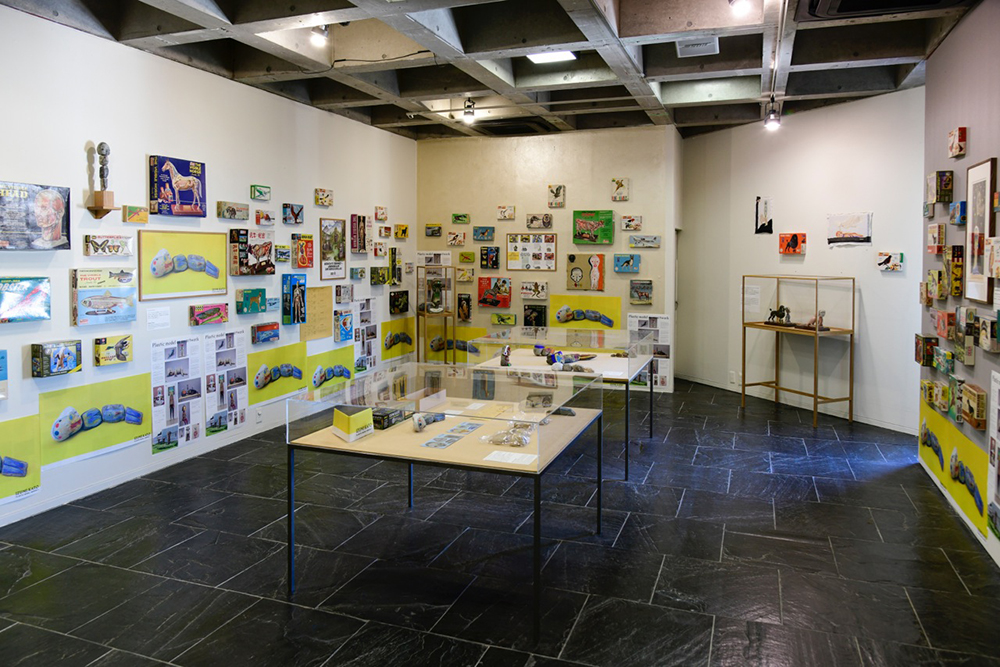
photo by: Yusuke Sato
Courtesy of the artist
©︎2022 Izumi Kato -

photo by: Yusuke Sato
Courtesy of the artist
©︎2022 Izumi Kato
